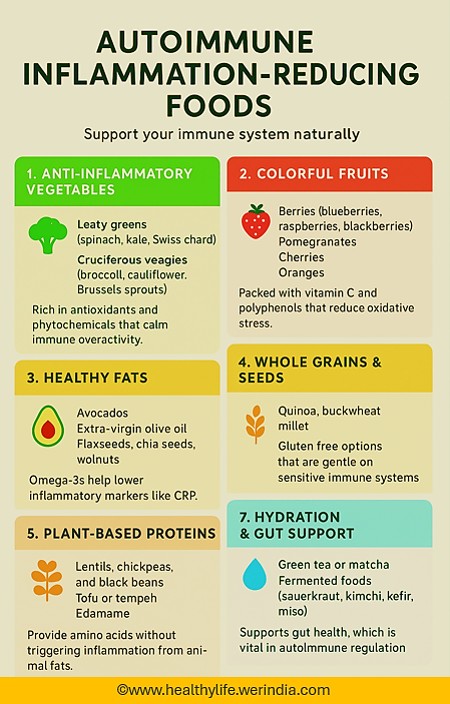
A Guide For Parents To Promote And Maintain Adolescents Health
Securing adolescents’ health involves an integrated approach that addresses their physical, mental, emotional, and social well-being. Parents play a critical role in shaping the health and well-being of their adolescent children.
Adolescents, typically defined as individuals between the ages of 10 and 19, are in a transitional phase of physical, emotional, and social development. This period involves significant growth and changes, including:
Physical development
- Puberty: Hormonal changes lead to physical maturation, including growth spurts and development of secondary sexual characteristics.
- Brain development: The prefrontal cortex, responsible for decision-making and self-regulation, continues to develop, which may explain impulsive behaviors.
Emotional development
- Adolescents experience heightened emotions and are often exploring their identities.
- They may have fluctuating self-esteem and heightened sensitivity to social acceptance and criticism.
Social development
- Peer influence becomes increasingly significant.
- They begin to seek independence from parents while navigating relationships with friends and romantic interests.
Common Challenges
- Mental health: Issues such as anxiety, depression, and body image concerns may emerge.
- Academic and social pressures: Balancing school, extracurricular activities, and social life can be stressful.
- Risk behaviors: Adolescents may experiment with risky behaviors, influenced by peer pressure and curiosity.
How can parents help to maintain adolescents’ overall health?
1. Create a supportive home environment
- Foster open communication where your adolescent feels safe discussing their concerns and feelings.
- Be present and actively involved in their lives, showing genuine interest in their experiences.
2. Encourage healthy eating habits
- Provide balanced, nutritious meals at home and involve your adolescent in meal planning and preparation.
- Teach them to make informed food choices, especially when eating outside or with friends.
3. Support physical activity
- Encourage regular exercise by finding activities they enjoy, such as sports, dancing, or outdoor adventures.
- Be active together as a family, like taking walks, biking, or playing games.
4. Prioritize mental and emotional health
- Listen to their thoughts without judgment and validate their emotions.
- Be alert to signs of mental health issues, such as mood changes, withdrawal, or lack of interest in activities. Seek professional help if needed.
- Promote activities like journaling, mindfulness, or creative hobbies to manage stress.
5. Set Boundaries for technology use
- Establish rules for screen time and ensure it does not interfere with sleep, study, or physical activity.
- Monitor online activities, discuss internet safety, and encourage positive digital interactions.
6. Promote good sleep habits
- Set a consistent bedtime and wake-up routine.
- Limit screens use at least an hour before bed and create a sleep-friendly environment.
7. Educate on risky behaviors
- Have honest conversations about the dangers of substance use, peer pressure, and unhealthy relationships.
- Teach them about sexual health and the importance of consent, safety, and respect.
8. Model healthy behavior
- Demonstrate healthy habits in your own life, like eating well, exercising, managing stress, and avoiding harmful substances.
- Show resilience and coping strategies when facing challenges.
9. Encourage social connections
- Support their friendships and participation in social, community, or extracurricular activities.
- Teach them how to maintain healthy relationships and resolve conflicts constructively.
10. Stay involved in their education
- Keep track of their academic progress and provide a supportive environment for learning.
- Help them set goals and develop time-management skills.
11. Promote regular health check-ups
- Ensure they have regular medical, dental, and vision check-ups.
- Discuss topics like vaccinations, reproductive health, and any health concerns they might have.
8. Teach Hygiene Practices
- Emphasize the importance of personal hygiene, including regular hand washing, oral care, and menstrual health for girls.
12. Encourage independence and responsibility
- Give them age-appropriate responsibilities to build self-confidence and life skills.
- Involve them in decision-making about their health and well-being to develop a sense of accountability.
13. Be Patient and understanding
- Adolescence is a time of change and growth. Offer guidance with empathy and patience as they navigate their development.
14. Role modeling
- Parents and caregivers should lead by example by maintaining a healthy lifestyle, managing stress, and showing respect and care for their own health.
Parents who maintain a balance of guidance, trust, and independence can help their adolescents thrive both physically and emotionally.
References:
- https://www.who.int/health-topics/adolescent-health#tab=tab_1
- https://odphp.health.gov/healthypeople/objectives-and-data/browse-objectives/adolescents
- https://www.niddk.nih.gov/health-information/weight-management/take-charge-health-guide-teenagers
- https://www.betterhealth.vic.gov.au/health/healthyliving/teenage-health
Image credit: Image by Ana Ketlen from Pixabay (Free to use under Pixabay content license)
Author: Sumana Rao | Posted on: December 10, 2024
« Practicing These Four Yoga Mudras Can Improve Children’s Learning Skills Tips To Introducing Kids To Diversity »






















Write a comment